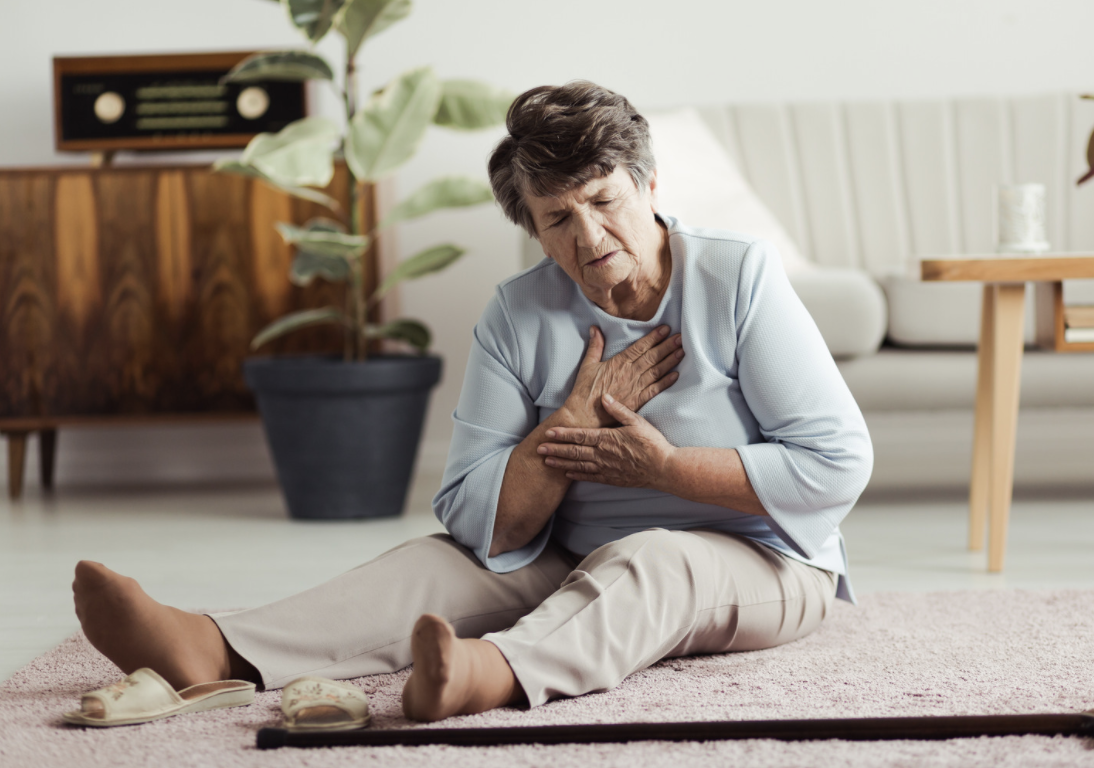A Woman’s Intuition: How You Can Better Understand Your Heart Health
May 19, 2021

You probably don’t need a reminder that heart disease is the #1 cause of death for both men and women in the United States. For women, in particular, the risk of heart attack and stroke is real, yet misunderstood and often undertreated. Experts around the world recognize that heart disease in women is insufficiently studied and underdiagnosed, so much so that despite scientific advances, there’s been a stagnation in the reduction of heart disease in women for the past decade. It’s therefore critical that physicians better detect the risk of cardiovascular disease in their female patients so as to lessen the occurrence of serious illness and death in women. Research continues to show that in medical settings, cardiovascular complaints by women are taken less seriously, with less timely intervention and less treatment, which can then have severe repercussions. For a general overview of heart disease in women, click here.
Efforts are underway to better understand the different ways that risks and symptoms of heart disease manifest themselves in women. Several new studies shed light on what patients and their providers should be on the lookout for. First, a new study out of Korea and published in the journal Heart finds a link between thinning, brittle bones (osteoporosis) and heightened heart disease risk in women. While researchers can’t conclusively prove a cause and effect between the two, it is known that women with osteoporosis often have atherosclerosis (artery hardening and narrowing). Now it seems that a DXA scan of bone density showing low density in such areas as the hip and lumbar spine correlates to an increased risk of heart attack or stroke in women. Therefore, with no need for additional cardiac testing or radiation exposure, women with low bone density scores should now be on alert of their heightened risk, so they can take proactive and preventive measures accordingly. To find out more, down some calcium and click here.
There is also new research underscoring the importance of middle-aged women knowing their blood pressure score and monitoring it for even slight elevations. In research published in the Journal of the European Society of Cardiology, scientists found that mild increases in blood pressure among women in their 40s are associated with 2x the risk of an acute cardiac event once women reach their 50s. Especially if you might have such other risk factors as obesity, Type 2 diabetes, or family history, it’s critical that beginning in middle age women should regularly have their blood pressure checked. Because women tend to have lower blood pressure than men, a slight elevation might not register as a risk with their primary care physicians, but that would be a mistake. As experts make clear, “women should know their blood pressure” and even mild elevations are cause for concern and should not be ignored. And just to make clear: high blood pressure in women is a stronger risk factor for heart disease than it is in men.
Finally, one other point concerning blood pressure, this time referring to both men and women. New research presented at the recent American College of Cardiology conference showed that a substantial number (nearly 1 in 5) of people diagnosed with high blood pressure (about 108 million US adults) are actually taking medications that may make their conditions worse. Taking such medications as antidepressants, ibuprofen or oral steroids for rheumatoid arthritis or gout may actually make your high blood pressure worse, even if you’re taking antihypertensive medications. So when high blood pressure is diagnosed make sure your cardiologist knows what other medications you’re on. To find out more, grab all your pill bottles and read here.







